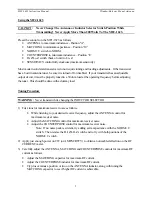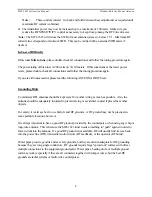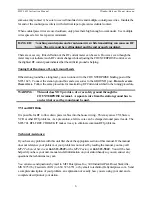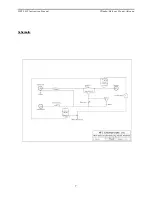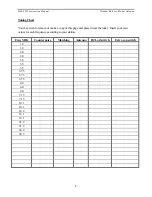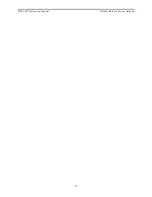
MFJ-1623 Instruction Manual
Window/Balcony Mount Antenna
3
Using the MFJ-1623
CAUTION
:
Never Change The Antenna or Inductor Selector Switch Position While
Transmitting! Never Apply More Than 200 Watts To The MFJ-1623.
Preset the controls on the MFJ-1623 as follows:
•
ANTENNA to maximum inductance - Position "A".
•
MATCHING to minimum capacitance – Position “10”
•
NORM/+C switch to NORM
•
COUNTERPOISE to minimum inductance – Position “L”
•
Hi-Z/Lo-Z switch (back of unit) to Lo-Z.
•
SENSITIVITY control fully clockwise (maximum sensitivity)
Most modern solid state transceivers do not require tuning and loading adjustments. If the transceiver
has a built in antenna tuner, be sure it is turned off or disabled. If your transmitter has an adjustable
output circuit, it must be properly tuned to a 50 ohm load at the operating frequency before adjusting
the tuner. This should be done with a dummy load.
Tuning Procedure
WARNING:
Never transmit while changing the INDUCTOR SELECTOR.
1) First, tune for maximum receiver noise as follows:
•
While listening to your desired receive frequency, adjust the ANTENNA control for
maximum receiver noise.
•
Adjust the MATCHING control for maximum receiver noise.
•
Adjust the COUNTERPOISE control for maximum receiver noise.
Note: If no noise peak is evident, try adding extra capacitance with the NORM/+C
switch. Then reverse the HI-Z/LO-Z switch and re-try with both positions of the
NORM/+C switch.
2) Apply just enough power on CW (or AM/FM/RTTY) to obtain a noticeable deflection on the RF
CURRENT meter.
3) Carefully adjust the ANTENNA, MATCHING and COUNTERPOISE controls for maximum RF
current as follows.
•
Adjust the MATCHING capacitor for maximum RF current.
•
Adjust the COUNTERPOISE inductor for maximum RF current.
•
Try plus or minus a position or two on the ANTENNA inductor, along with tuning the
MATCHING capacitor to see if higher RF current is achievable.



